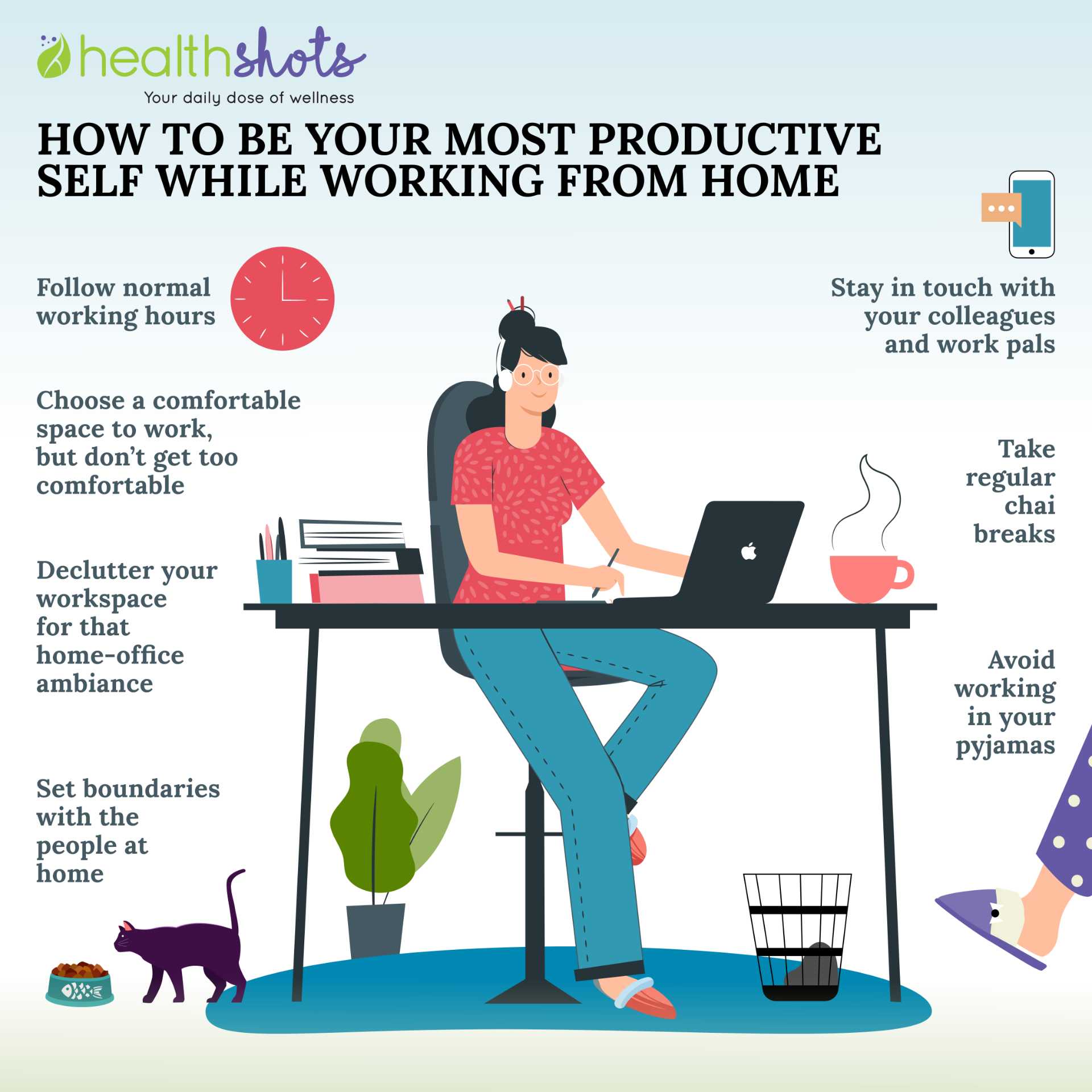

Had a great idea for a post? Fantastic, write down the basics on a note, and pin it up. Don’t go back to work when you’ve finished. You’ll improve the quality of what you produce a hundredfold.ġ3.

Give your mind time to digest what it’s just done, then come back. For every hour you work, have a 15-30 minute break. Don’t be locked in the room all the time. Some of the best work you’ll ever do will come from random bits of inspiration.ġ2. Look at it twice a week to refresh your mind of things that could be done sometime. Jot down ideas for blog posts, projects, anything that springs to mind. Mesh backed ones, or good comfy leather perhaps. Just make sure that your mind isn’t in the “I hate working†frame of mind.ġ0. Have a good breakfast, spend some time alone to just sit and do whatever. That way, when you’ve trogged through your days work, you don’t end up sitting twiddling your thumbs.ĩ. The third is three things that need to be done at some point. The second is three things you’d like to get done, but aren’t essential. The first list has three things you will do today. Next thing you know, you never seem to get anything done.Ĩ. It’s a short fall from “It’s just not happening at the moment†to “It’s a bit tough, I’ll stop for the dayâ€. There’ll be times when you haven’t got any ideas, or just don’t feel productive. Don’t stop working if it’s a hard day. In fact, if possible, shut off the Internet.ħ.

Turn off the telephone when you need to work without distraction. A tidy workspace helps keep a tidy mind, which helps make your day more productive.Ħ. Keep your desk and general work area tidy. To your family, it represents the idea that Dad is around, and I can go and talk to him.ĥ. To you, it represents the idea that if it’s a bit tough, or you don’t feel like working today, you don’t have to. If the door is open, that represents something to you, and to your family. It’ll be very easy to leave the door to whatever room or space you set apart to be your workplace open. Then make a list of sensible tasks for the day and get started.Ĥ. Instead, have breakfast, have a shower, get dressed. Set regular hours, and stick to the schedule.ģ. It changes the state of mind from “I’m at home†to “I’m at workâ€.Ģ. That way, when you enter it, you know consciously what you’re there to do: go to work. Set aside some space, preferably a room (it doesn’t have to be big) to be your workspace. Define your spaces separate work from home. Don’t try to implement them all, and certainly not all at once.ġ. If they don’t work, come back to the list and find a few more ideas. Third, this is a compilation list, meaning that some tips may seem contradictory - that’s because the best way to use this list is to find the ideas that work for you, and give them a try. Second, I edited them, so any typos are my fault. They came through, as always, and I’ve chosen a few of my favorites for others to use as a guide (well, I’m going to use it as a guide too).Ī few caveats, before you dive into the list: Again, these are from the readers, so you guys deserve all the credit. So how do we stay productive, and at the same time stay sane? As I recently quit my day job, I asked the readers for their advice. On the other hand, working from home tends to blur the boundaries between work and personal life - if you work too hard, you will have no personal life left. Now, I’m as much in favor of a good nap as the next guy, but a nap should be a break, not your default work mode. Those of you who know the joys of working from home, whether you’re self-employed or freelancing or telecommuting, know also the joys of procrastination and the lures of laying on the couch. “Dost thou love life? Then do not squander time, for that is the stuff life is made of.” – Benjamin Franklin


 0 kommentar(er)
0 kommentar(er)
